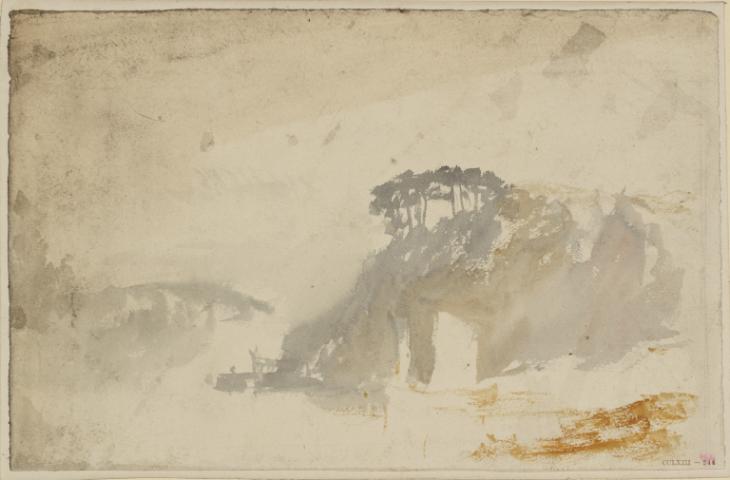References
How to cite
Matthew Imms, ‘?Turnchapel, on the Cattewater opposite Plymouth c.1813 by Joseph Mallord William Turner’, catalogue entry, July 2016, in David Blayney Brown (ed.), J.M.W. Turner: Sketchbooks, Drawings and Watercolours, Tate Research Publication, February 2017, https://www

